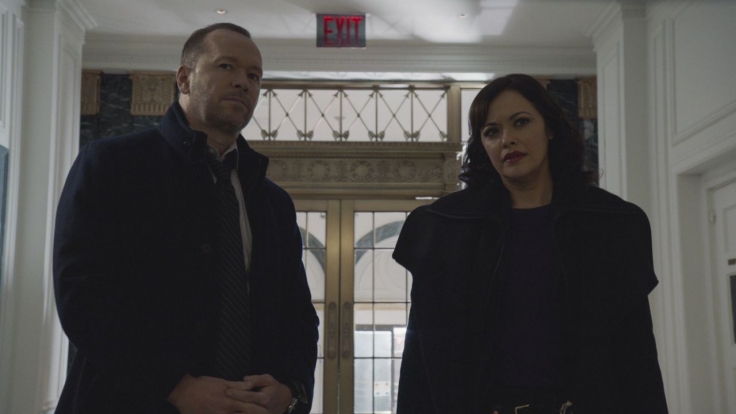There are less than 1,000 days before the Paris 2024 Games open in the capital, but don’t panic. “The schedule is for the moment perfectly respected, and this despite the Covid which could have largely disrupted it”, welcomes Tony Estanguet, President of the Organizing Committee for the Paris 2024 Olympic Games. “We will be on time”, assured Nicolas Ferrand, the general manager of the delivery company for Olympic works (Solideo), accompanying Emmanuel Macron on October 14 on a visit to the site of the future Olympic village in Seine-Saint-Denis.
→ CONTEXT. Emmanuel Macron launches his sports plan and announces 5,000 sports equipment created or renovated
Of the 62 projects on which the public establishment in charge of the necessary arrangements for the holding of the event is involved (for a budget of 3.8 billion euros), a good half should have been launched at the end of the year.
Next on the list? The aquatic center of Saint-Denis, whose symbolic laying of the first stone is scheduled “In ten days”, Tony Estanguet tells us. The equipment is emblematic. It is the heaviest purely sporting investment (175 million euros to accommodate artistic swimming, diving and part of water polo), and one of the few built out of nothing with the Arena de la Porte de la Chapelle in Paris (98 million euros to host badminton and artistic gymnastics) or the climbing wall in the heart of the Sports Plain of Le Bourget which must be refurbished (for 62 million in total).
Heritage buildings
Renovating rather than building has always been “This different model” praised by Paris 2024. It involves, for example, the rehabilitation of the Yves-du-Manoir stadium in Colombes (Hauts-de-Seine), host of field hockey. The demolition phase of some stands soon over, place for reconstruction, funded to the tune of 13.6 million euros by Solideo on a global sports complex project which reached 94 million. Or by the reconfiguration of the Roucas-Blanc marina in Marseille where the sailing competitions are expected, a 25 million euro project, the work of which, delayed by a second public inquiry, must begin in early 2022.
Everything is also in the nails on the side of the two other major sites of Seine-Saint-Denis, the Olympic village and that of the media. The foundations of the first will be dug over 50 hectares spread over three municipalities (L’Île-Saint-Denis, Saint-Denis and Saint-Ouen). The deeds of sale on the sectors of the second in Dugny having just been signed, the construction of the real estate lots can begin.
In any case, this equipment has never been lacking in the history of the Games. Even Rio in 2016, long subject to strong popular opposition and with projects accumulating many delays, managed to deliver its sports infrastructure just in time. “We are especially keen on the exemplary nature of the buildings, in order to create after the Games” neighborhoods of the future “corresponding to this idea of heritage which is dear to us”, specifies Tony Estanguet.
The transport puzzle
For now, the only downside remains the Aubervilliers Aquatic Center – a training site and not a competition site during the Olympics – which is still the subject of appeals because it involves the destruction of part of the historic allotment gardens in the city. The building permit is suspended, delaying a site whose schedule was already very tight, scheduled for June 2024. “This equipment can serve as a training center if it is delivered on time, but if it is not, it will have no impact on our organization”, assures Tony Estanguet.
→ REPORT “Earthen pot against iron pot”, the gardeners of Aubervilliers are fighting back
For whom the puzzle is in fact elsewhere, in the organization of transport. Because with metro lines that will not be there (metro lines 16 and 17 are postponed to 2026), and sites quite far from the capital such as the national golf course and the velodrome in Saint-Quentin-en- Yvelines or the nautical stadium in Vaires-sur-Marne, the fluidity claimed can turn into a mirage. “Even Tokyo, with the Games behind closed doors, has had problems at this level, notes Tony Estanguet. This is our biggest challenge. “
– .


